European Sepsis Report – sweden
Background
The Swedish government set up 20 different program committees and asked them to suggest diagnoses upon which to build up structured healthcare processes. The project started in 2019 and will last three years, with a budget of € 90 million. The infectious diseases group proposed sepsis, which was selected among ten other diagnoses in 2019.
What is happening
A multidisciplinary sepsis group has built up an algorithm on how to detect severe sepsis in emergency departments (ED) in Sweden, the Sepsis Alert. Based on the patient history and the ED triage score determined by the ED nurse, a sepsis alert is triggered, giving the patient high priority and a structured healthcare process. The group has also built up a patient follow-up process after discharge, in which sepsis alert patients with a final sepsis diagnosis will be routinely followed up with a telephone call including a structured questionnaire about the condition of the patient. The process also includes process follow-up with quality indicators, such as survival and hospital-free days within three months from admission. The healthcare process is presented here.
A consequence analysis including a health-economic analysis of the national sepsis healthcare process has been developed. We expect the healthcare process to improve sepsis care quality and improve outcomes. According to the health-economic analysis, the increased costs of more staff involvement during sepsis alerts as well as of routine patient-follow up will be offset by a shorter hospital stays and reduced readmission frequency.
Based on the healthcare process and the consequence analysis, the directors of the Swedish healthcare regions approved the national sepsis healthcare process on 21 May 2021.
Results, next steps, and challenges
The Swedish healthcare regions are now supposed to implement the national sepsis healthcare process with sepsis alerts and patient follow-up into clinical practice.
The healthcare region Stockholm-Gotland has received the mission to build up an electronic system aimed at monitoring the sepsis care process and its quality indicators. In order to be able to identify the sepsis cohort electronically, an automatic SOFA-score calculator has been implemented into the electronic record system of the region.
After this electronic system has been built in the Stockholm-Gotland region, the aim is to implement it in the other regions in Sweden.
Currently, the work is in progress in all 26 Swedish healthcare regions and implementation will start in 2024.
Other initiatives: Sepsisfonden, Sweden
Raising awareness
In March 2020 Sepsisfonden launched a national awareness campaign in Sweden, with the purpose to raise awareness about sepsis in the general public. This work has continued in different smaller campaigns and events during the following years. Sepsisfonden has – since its start in 2015 – conducted awareness surveys every other year. In 2015 21% of the Swedish population knew what sepsis is. In 2017 it was 30%, in 2019 43%, and in 2021 49%. This is obviously still far too low, but it shows a positive trend. It is interesting to note that during the same period, awareness about other common diseases has decreased in Sweden. The numbers also show that the awareness work will have to continue for a long time and that it takes time to make a permanent shift in the general public’s knowledge. It is also interesting to note that while women’s awareness has gone from 51% in 2019 to 59% in 2021, in the same period no change is seen in men’s awareness, remaining at 35%, the same level as in 2019. In May 2023 the fifth survey will be launched.
Sepsisfonden’s contribution to the national action plan
Sepsisfonden has also continued to work closely with the national program for the new standardized course of medical care for sepsis, which started to be implemented throughout
all emergency hospitals in Sweden in 2022. Sepsisfonden has provided the program with information that will be handed to all sepsis patients after being discharged from the hospital.
Fighting sepsis in the Nordics
In September 2022 we launched Sepsisfonden throughout the Nordic countries, via our new website sepsisfonden.com, where there is content in all nordic languages and English. National medical editors in Finland, Iceland, Denmark, and Norway are now part of our content board to ensure valid information in all languages. With the Swedish trust as the hub, this is a way for Sepsisfonden to raise awareness throughout all the Nordic countries.
Patient-led initiatives Sepsisforeningen
With the support of Sepsisfonden, in 2020 a group of patients founded Sepsisföreningen. The organization has elected a board and counts now approximately 150 members, mainly survivors and family members, but also researchers. Sepsisföreningen provides information and support to patients and family members and plans to expand its activities as it grows. It has obtained some visibility by being invited on a national morning tv show, talking about the long-term effects of sepsis. It has also been involved in the development of the national program for the treatment of sepsis patients (see above).

